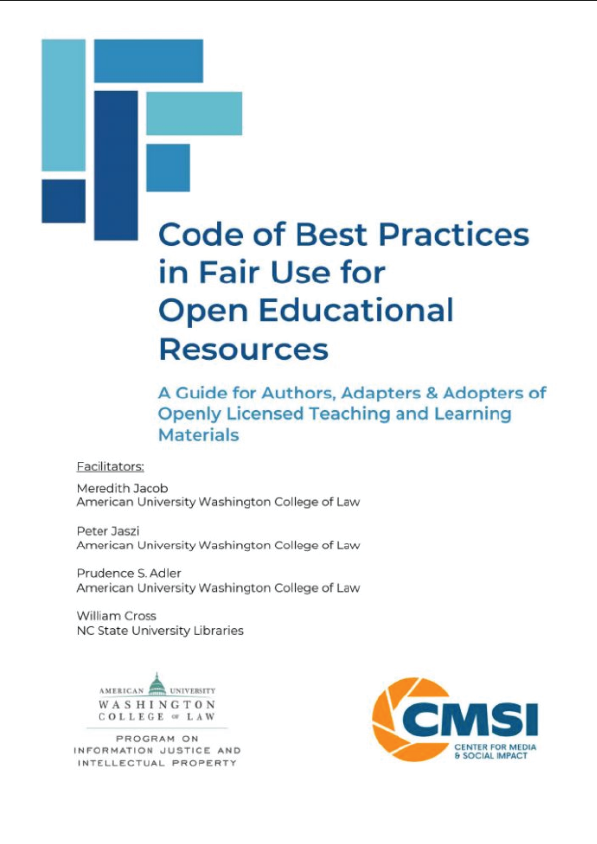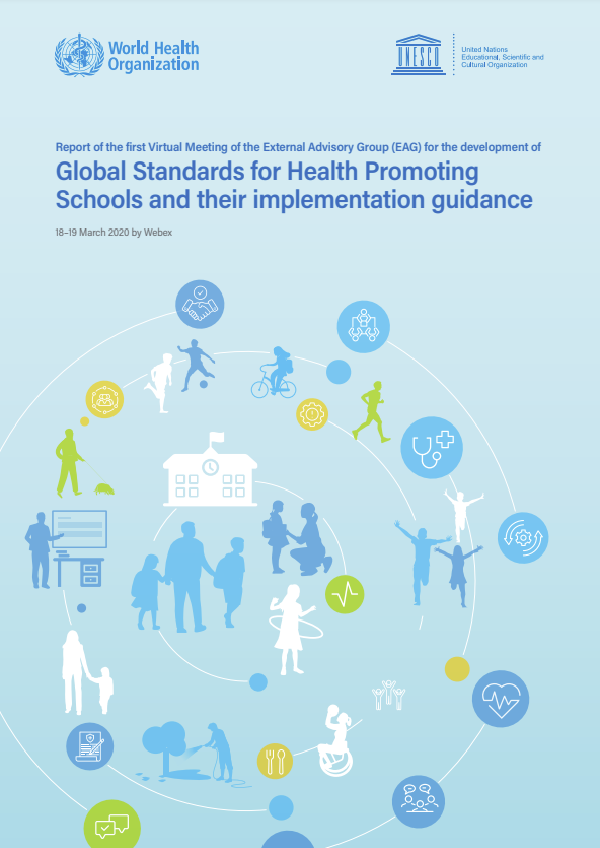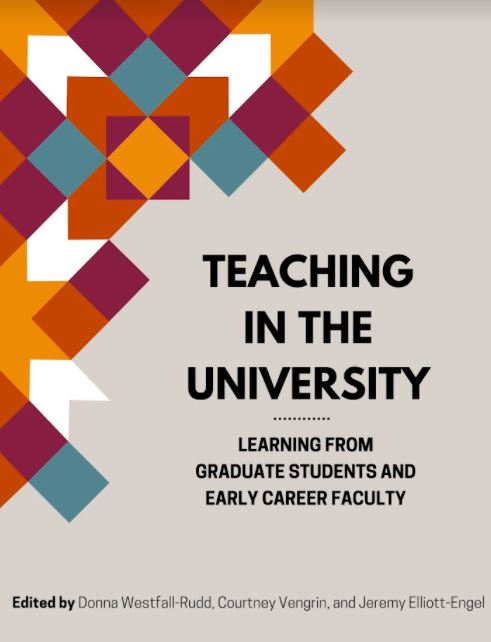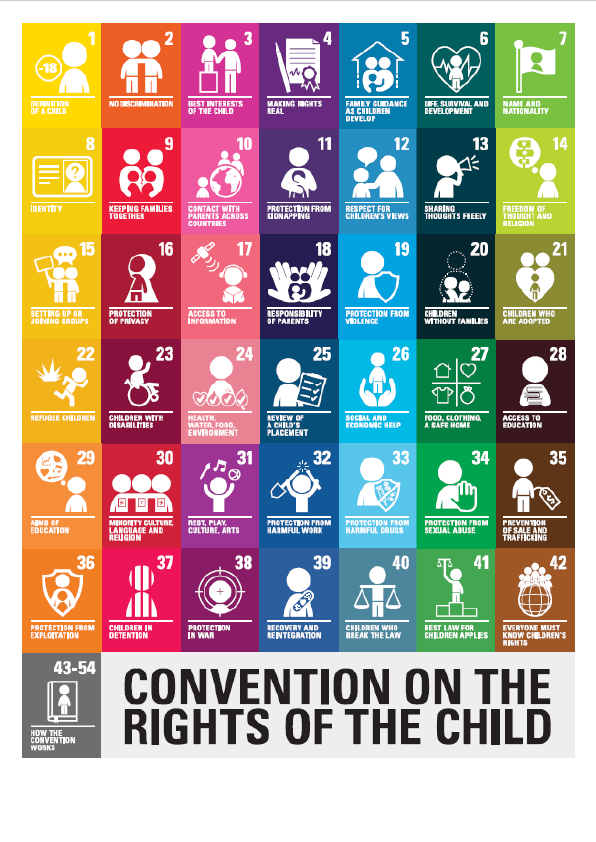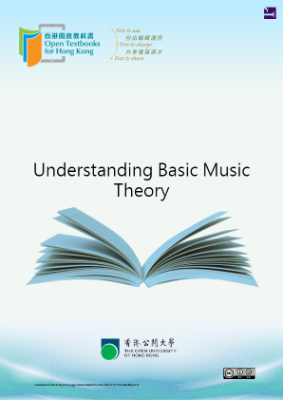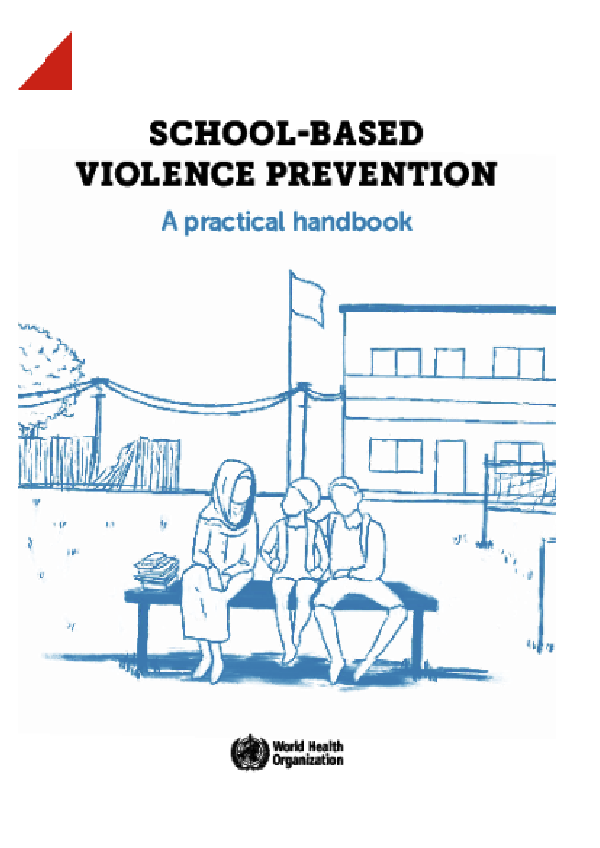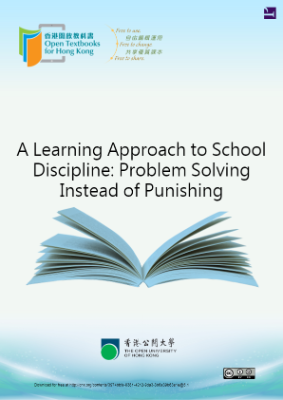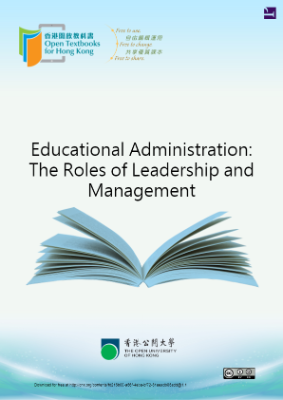Educators, librarians, and institutions have invested in the creation of openly licensed, freely distributed open educational resources (OER) to advance a wide range of goals within the educational system. Open educational resources enable flexible and open pedagogy; increase access to authorship and facilitate representation of different student experiences; and increase equity by reducing the barriers of cost in accessing high-quality learning materials. OER exist for all levels of education, from primary to postsecondary, and across disciplines. Creators and users of OER are often motivated by a shared commitment to increase access to materials and to contribute to the common good.
However, to meet the full pedagogical, pragmatic, and social functions of those teaching and learning materials, educators must have the ability to incorporate and reference existing copyrighted content, both historical and contemporary. Uncertainty about the copyright rules that govern these incorporations can warp both what subjects are covered in open educational resources and how those subjects are taught. Fortunately, such uncertainty is not inevitable, and OER makers already have the professional skills and pedagogical judgement they need to make good copyright choices. Indeed, good pedagogy is good fair use practice – a careful understanding of the specific pedagogical purpose of an insert is the foundation of the legal determination that it is fair use.
The fair use doctrine in United States copyright law enables incorporation of a wide range of copyrighted inserts into OER for common teaching and learning purposes. This Code follows on the experience and expertise with community-authored codes of best practices for groups such as documentary filmmakers, art educators, media literacy teachers, and academic and research librarians, which have provided those practitioners with clear, well-documented, and reliable ways to evaluate fair use. National copyright law in many other countries also recognizes these interests, as discussed in Appendix Four. Specifically, fair dealing law in Canada enables a very similar scope to what the Code delineates, as documented in Appendix Three.
Fair use enables the creation of new and different OER – resilient materials that give educators the control and flexibility to meet the needs of their students and the pedagogical goals of their courses. In competition with this vision, subscription- based, one-size-fits-all, and time-limited models restrict the ability of educators to adapt their materials to their students’ needs and experiences, while imposing inflexible demands on limited budgets. Educators must also be able to modify and adapt materials to fully meet the needs of all learners, including students with disabilities, marginalized students, and students facing emergent situations, such as disaster or dislocation. Educators should not be constrained to only what commercial publishers choose to offer and the formats they choose to offer it in. When OER authors are able to understand and rely on fair use, it allows them to create materials that are compelling, impactful, and adaptable.
